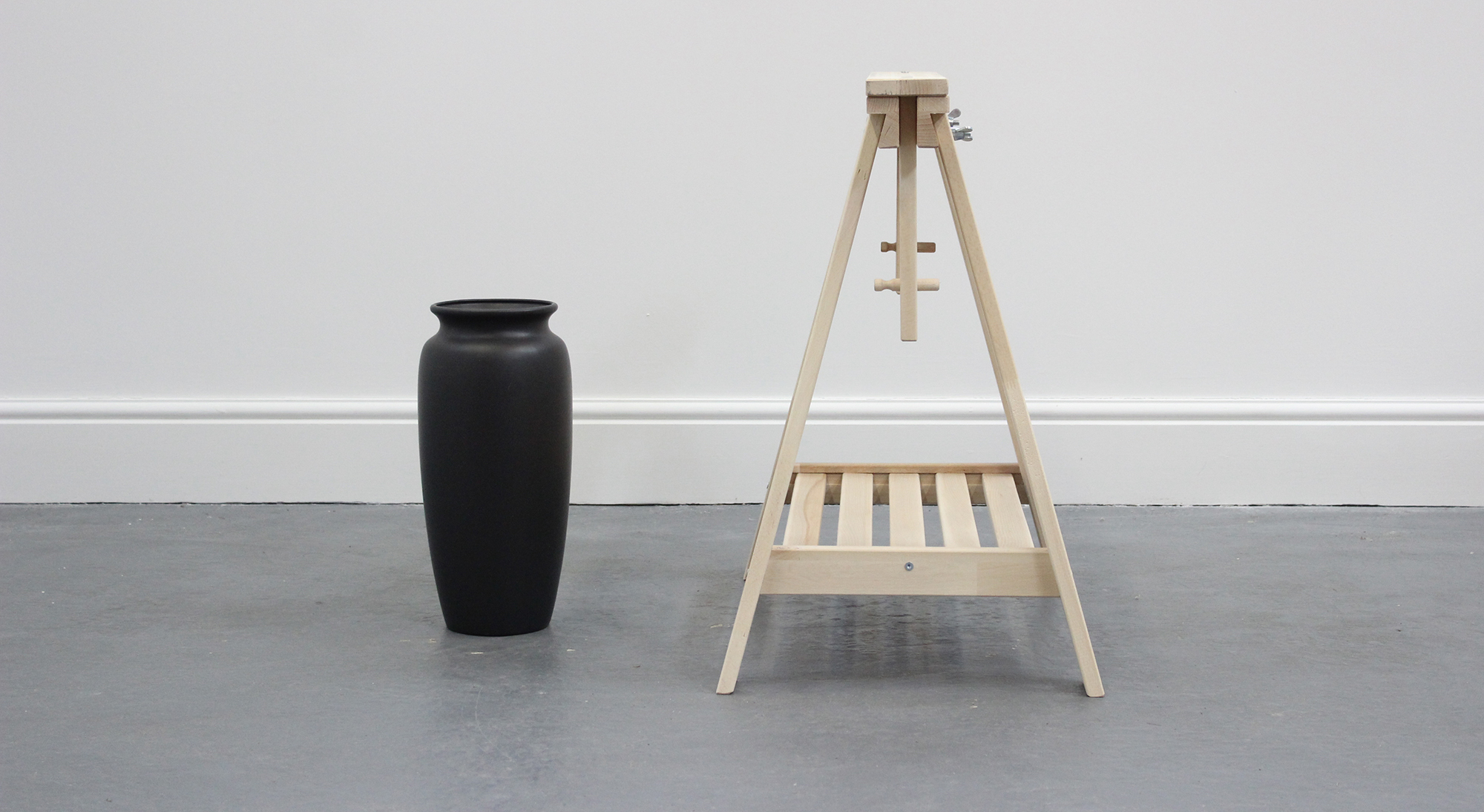“I am interested in stillness, in the silence that emanates from objects. I see this stillness as a form of energy that these objects radiate.”–Reiner Ruthenbeck[1]
If stillness is a form of an object’s energy, then its sound is the realization of that energy in its active form.
Consider stillness as the sound latent in objects. Sound is released from stillness the way energy is released when, for example, an atom’s nucleus is disturbed. In a more prosaic, musical context, disturb the string by plucking it or pulling a bow across it and a series of vibrations is released, which we receive as sound. Continue reading “Daniel Barbiero ‘Stillness-Energy-Sound: Notes on Negative Space’”

